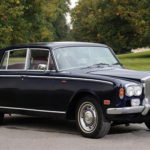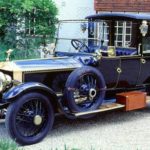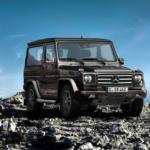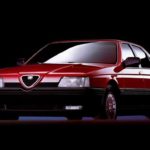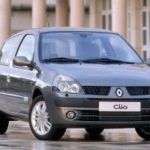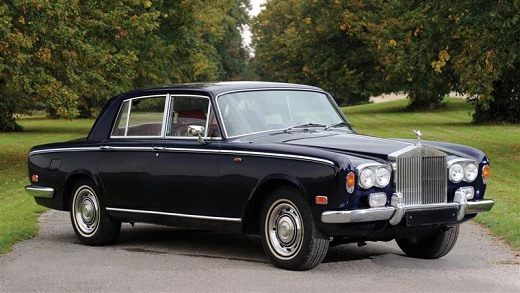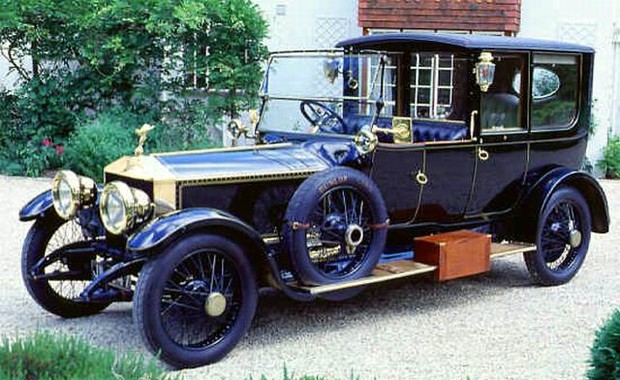Rolls Royce - a tradition of more than a century
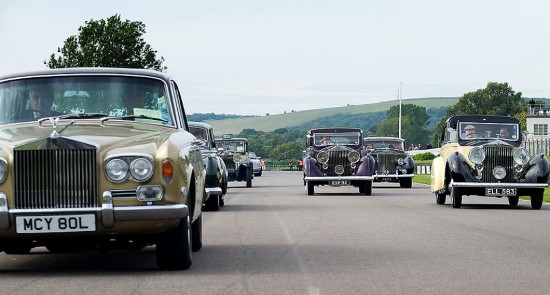
Rolls Royce
Born in partnership between Charles Stewart Rolls and Frederick Henry Royce, Rolls Royce began in 1906 in the UK.
From the start, the goal was to make the best car in the world, and the famous Silver Ghost was the one who was supposed to play that role.
Emphasizing on detail and exceptional performance, Silver Ghost has achieved tremendous success since its first appearance in 1906.
Like most carmakers since World War I, Rolls Royce has reoriented itself to production for military use.
However, unlike most, the British firm is starting to produce aircraft engines, and the curiosity is that more than half of the engines that powered the aircraft of the Entente members were exactly Rolls Royce. Among them, the most famous was the famous Eagle.
At the end of the war, the company continued its research into the development of aggregates, and the result was an R-rated engine, used in both cars and aircraft, later known by many records.
The postwar period
In the post-war period, in addition to engine development, emphasis was also placed on new car models, which is how the Phantom I and Phantom II were born. As demand grew more than the business owners expected, the next logical step was to open a US facility in Massachusetts.
The next successful step for the company was the acquisition of Bentley in 1931, which soon proved to be extremely profitable for both brands. Thus, for an extended period of time, the Bentley and Rolls Royce were virtually identical mechanically, and the R engine soon transformed into a highly acclaimed Merlin-branded engine.
Unfortunately, Frederick Royce did not see the success of his engines on all fronts - he passed away in 1933 at the age of seventy.
Soon, heavy forms of World War II were overtaken by Europe, and the company, taught by experience from the previous, was again focusing on military production. The Merlin engine is back in the spotlight, now as the main engine launching Hurricane, Lancaster and Spitfire aircraft - the main contributors to the Battle of Britain.
Soon the plant was hit by a huge fire, but due to the constant growth in demand and sales of cars, the company opened new plants in Crewe, Chesire and in Derby, with the former factory becoming the company's official headquarters in 1946.
The models produced during this period, including Silver Spirit, were not entirely the result of strictly company production, but there was also a lot of cooperation. However, after Silver Spirit, all models were the result of company minds and were entirely manufactured at Rolls Royce factories.
The most exclusive Rolls Royce of all time
The Phantom IV, the most exclusive Rolls Royce of all time, appeared in 1950. Only 18 Phantom IV pieces were produced, and all were sold to royal families and heads of state. During that period, Silver Cloud I and II models were released from the production lines, and their successors became Silver Cloud III I Phantom VI during the 60s.
The forties and fifties of the twentieth century were extremely prosperous, which is why the company decided to expand its influence, so in 1966 the company bought Bristol Siddeley, one of the largest aircraft engine manufacturers in the UK.
In the early XNUMXs, the company was entering a major financial crisis. There was no other, the British government had to intervene, so the nationalization of the company was coming, but that did not help much or solve the problem.
In 1973, the state divided the company into two parts - the aviation and automotive industries. The automotive industry was soon sold, and the aviation industry remained in the hands of the state as a strategic industry to which, at all costs, "the head must remain above water".
Vickers PLC acquired Rolls Royce Motors in 1980. Silver Spirit was developed during 1981 and became the first vehicle to appear under the new brand.
After Silver Spirit, the company is developing a whole new line, focused primarily on markets that were not in the forefront until then. It should be emphasized that the new line was oriented to the most up-to-date environmental standards and that very careful consideration was given to exhaust emissions.
Volkswagen i BMW in the Rolls Royce race
Vickers' control of the company ends in the early 90s when Rolls Royce was put up for sale again. At that time, it was thought that the most likely buyer would be BMW, since the Bavarian company had at one time supplied Rolls Royce parts to Bentley. However, at the last moment the customer becomes Volkswagen.
The Wolfsburg giant bought the rights to the Spirit of ecstasy statue and the shape of the radiator grille just before, while BMW bought the rights to the RR logo and brand name.
Soon, German companies found a compromise solution, so Volkswagen, wishing to become the majority owner of Bentley, decided that BMW-u sells the Spirit of ecstasy statue for £ 40m. Since January 2003, the Rolls Royce and Bentley brands, which have come a long way together, have finally separated. Bentley becomes a VW-owned brand, and a Rolls Royce-owned brand BMW-and.
The same year saw the emergence of a new Phantom, followed by the Rolls-Royce Phantom Drophead Coupé and the Rolls-Royce Phantom Coupé, which give the company a new direction of development in the next century.
Author: Rajko Martinovic
Source: rs.n1info.com
Recommendation of similar texts:

Hi there, I am Mladen and I am an auto enthusiast. I started this blog years ago to help like minded people share information about latest cars, car servicing ideas, used car info, exotic cars, and auto technology. You will find helpful articles and videos on a wide variety of cars - Audi, Mercedes, Toyota, Porsche, Volvo, BMW and much more. Ping us if you have anything cool to share on latest cars or on how to make older cars more efficient, or just want to say hi!

